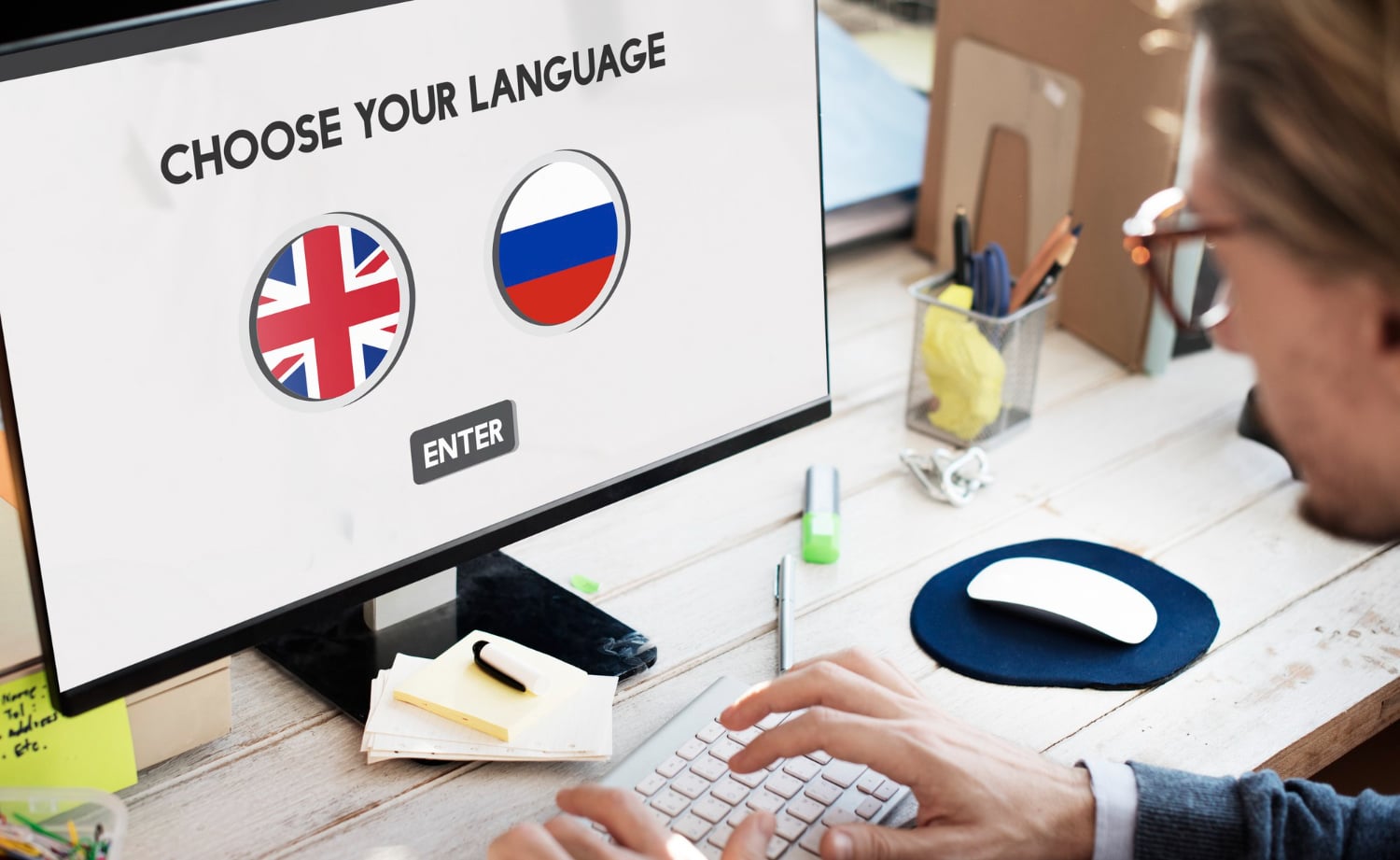
An introduction to medical translation

By Cristina Ponte, Quality Controller at Nóvalo
After several years as specialized translator, I have gathered a whole lot of knowledge and expertise that ranges from specialized terms to writing skills, from cultural considerations to competency with computer tools. And that personal knowledge base has been fed mostly by the specialty area which, as fate would have it, I like the most and in which I feel more comfortable working daily: medical translation. It is for this reason that I decided to focus this one and other futures articles on the field I consider myself more prepared for. Thus, this is the very first of a series of posts related to medical translation that will seek to support inexperienced translators who, as I did a few years back, want to take the path toward translation in the field of life sciences. This first post is just a short introduction to the subject, vast like few others, but if I look back and see myself staring at the first medical texts I had to translate —huge challenges for me—, I would have very much appreciated having at hand some of this information and details, as elementary as they may seem, to help me grow as a professional. I just hope the following considerations help you this time. Let’s get started…
medicine.
the science that deals with preventing, curing, and treating diseases.
A definition way too short given the humongous extension of the concept, as «the science that deals with preventing, curing, and treating diseases» by no means is limited to one single branch of knowledge, but quite the contrary: it encompasses countless closely linked areas and disciplines. Not only the multiple medical specialties —such as pediatrics, surgery or radiotherapy—, but also other related sciences —as biochemistry, microbiology or pharmacology—.
From this we can deduce that medical translation —area of translation whose objective is to meet the communication needs arising in the field of medicine— encompasses an equally wide field, way too wide for any translator, as specialized and prepared as he/she may be. Then, in order to meet the demands of this type of specialized translation, good medical translators, apart from mastering the language pair they work with —obviously— have to know the subject matter to the maximum possible extent and compensate any deficiency in this area with other means, such as having access to updated linguistic resources (dictionaries and other reference material) and being willing to spend a good amount of their time doing research and documentation work. In addition to large, medicine is undoubtedly one of the oldest branches of human knowledge, and part of the medical terminology that we use nowadays (in English and most western world languages) is the direct heritage of 25 centuries of history. Therefore, in the current scientific terminological collection, terms of Greek or Latin origin that date back to 5th century BC —such as carcinoma, artery or thrombus— coexist with new terms, created as the concepts, techniques, diseases, etc. which they refer to are discovered or invented —such as AIDS, gammagraphy or X-rays—.
Medical texts are very different in nature and can adopt countless forms: prescriptions, product inserts, instructions for use of medical devices, clinical trial protocols, papers in medical journals, publicity ads of OTC drugs, informed consents for patients, medical records, specialized textbooks, software and installation guides for hospital equipment, patents, and so on. The tone and style used in each case are different depending on the text type and the audience it addresses. The style used in a television commercial for a painkiller will not be the same as the style used in the package insert for the very same analgesic; similarly, the tone used in the informed consent form intended for the patients participating in a clinical trial will not be the same as the tone used in the protocol of the same clinical trial, this time intended for healthcare professionals.
In spite of the different kinds of texts, the three main common features of medical writing —and, by extension, medical translation— are veracity, accuracy and clarity. Medical texts present extremely specialized subjects with the only aim of informing, and this is why they must be impersonal, objective and clear. These texts use the so called «scientific language», in which there is no room for feelings or personal opinions, and which are characterized by a total absence of subjectivity and connotation. As science requires extreme objectivity, scientific texts must use a language that avoids any possible ambiguity.
With regards to translation, it is worth noting those medical texts subject to approval by regulatory agencies (such as the US FDA or the European EMA). The structure, wording and accuracy of these texts (that will be the subject of future posts) are key aspects strictly regulated and controlled by the competent authority, and simply cannot elude the applicable provisions. This is the case, for instance, of the document titled Summary of product characteristics that has to be filed with the competent agency, along with the respective package inserts and labels, in order get the required authorization to sell a product in a specific market. For the competent regulatory agency to grant approval, these texts not only must conform exactly to a series of specific standards on structure and wording, but they also must be translated into the local languages. That said, medical translation is a specialized field of translation that shows continuous growth, driven in part by the obligation to translate certain documents imposed by the authorities.
Translation of medical texts poses pitfalls and challenges that could be classified into two categories: general pitfalls —inherent to any translation from a language into another, for instance, from English into Spanish, the use or abuse of the passive form, false friends, differences in the use of the definite article, etc.— and specific difficulties, which include among others:
– More admissibility in English regarding the combined use of highly technical medical terminology and less technical words.
– Greater use in Spanish of trademarks to refer to drugs, as compared to English, that often uses the scientific names of substances.
– Frequent use of sequences of English words separated by dashes (adjectival function) instead of complete sentences; for example, « low-birth-weight infants », which is translated as neonatos con bajo peso al nacer.
– Use of everyday words that, in a medical context, have an entirely different meaning; for example, the English word « discharge », which usually means descarga, when used in a medical context is dar el alta or secreción.
– Excessive use of unnecessary anglicisms in scientific translations. The fact that English is considered « the language of science » forces Spanish-speaking scientists and researchers to read relevant works on their fields of knowledge in English, as the great majority of them are originally written in this language. This way they become so familiar with the English terms that they make them their own and use them too, and this trend only spreads the error. Some examples are the direct but wrong translations of the English terms « severe », « invasive », « fatal » or « murmur ».
Let’s leave it here for now. I think you can get an idea of what I want to convey in this series of articles. I look forward to your comments and feedback, especially if there is any topic or particular aspect you consider worth going into detail about. See you next time.


Sin respuestas a "An introduction to medical translation"